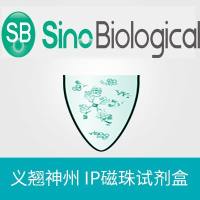The completion of the human genome project has ushered in a new era of life science (1 ,2 ) in which the new challenge is to understand functions of the entire collection of the gene products, or the proteome. One important feature of biological research in this post-genomics era is the emphasis on understanding how individual components of a proteome interact with one another temporally and spatially to constitute a living organism. Over the past decade, researchers have developed various methods designed to study protein-protein interactions including displaying proteins and peptides on live microorganisms, the most well-known example being the display of random peptide libraries on filamentous phage (3 ,4 ). Many people (including the authors) have explored the use of E. coli as an alternative organism for protein and peptide display (5 ). Based on our expertise and experience with both flagellin (6 ) and thioredoxin (7 ), we developed FLITRX technology, a unique system that displays conformation-constrained random peptides on the bacterial surface as functional fusions between flagellin and thioredoxin (8 ).






